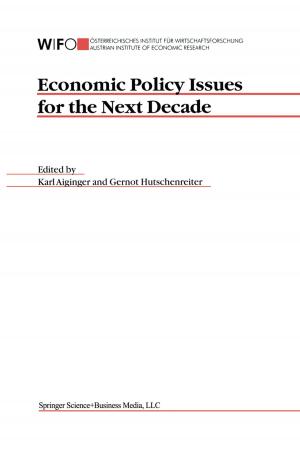| Author: | ISBN: | 9781461589907 | |
| Publisher: | Springer US | Publication: | March 13, 2013 |
| Imprint: | Springer | Language: | English |
| Author: | |
| ISBN: | 9781461589907 |
| Publisher: | Springer US |
| Publication: | March 13, 2013 |
| Imprint: | Springer |
| Language: | English |
The present volume is the result of a NATO Advanced Study Institute held in Montaldo, Turin (Italy), between the 7 and 19 June 1972. The aim of the Study Institute has been the development of a general philosophy for the science of Primatology. Lecturers were selected from those scientists deeply involved and interested in this field. The course intended to serve students and researchers using primates in medical and biological research, but especially those interested in the natural history of the group and in human biology. In the past the study of primates was largely limited to deter mine the origin of the human species. Today, however, interest in them extends far beyond this narrow focus. In terms of both prac tical human purposes and theoretical interests, the study of primate biology and behaviour is of ever increasing importance. Their close comparative relationships with man has proved of such great value to human biology and medicine that their numbers and kinds are quickly dwindling. For this reason, one of the main focuses of the A.S.I. was on their reproductive biology and conservation. During the meeting days a broad series of lectures on specific topics of comparative anatomy, physiology, endocrinology, repro ductive physiology, genetics and molecular biology, cytogenetics and behaviour were delivered by leading primatologists.
The present volume is the result of a NATO Advanced Study Institute held in Montaldo, Turin (Italy), between the 7 and 19 June 1972. The aim of the Study Institute has been the development of a general philosophy for the science of Primatology. Lecturers were selected from those scientists deeply involved and interested in this field. The course intended to serve students and researchers using primates in medical and biological research, but especially those interested in the natural history of the group and in human biology. In the past the study of primates was largely limited to deter mine the origin of the human species. Today, however, interest in them extends far beyond this narrow focus. In terms of both prac tical human purposes and theoretical interests, the study of primate biology and behaviour is of ever increasing importance. Their close comparative relationships with man has proved of such great value to human biology and medicine that their numbers and kinds are quickly dwindling. For this reason, one of the main focuses of the A.S.I. was on their reproductive biology and conservation. During the meeting days a broad series of lectures on specific topics of comparative anatomy, physiology, endocrinology, repro ductive physiology, genetics and molecular biology, cytogenetics and behaviour were delivered by leading primatologists.















